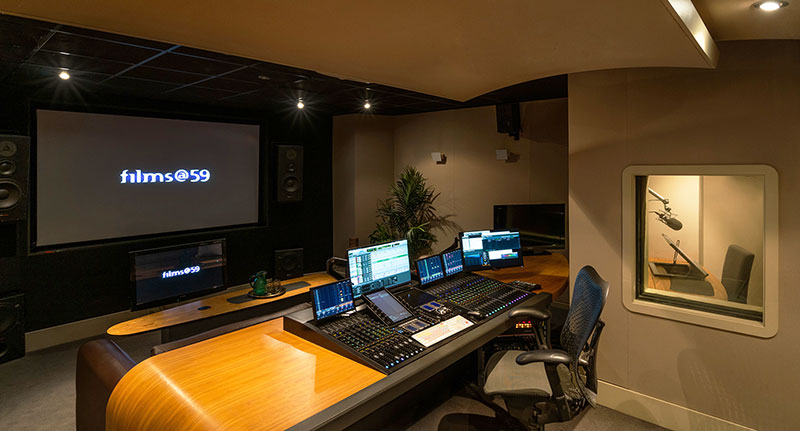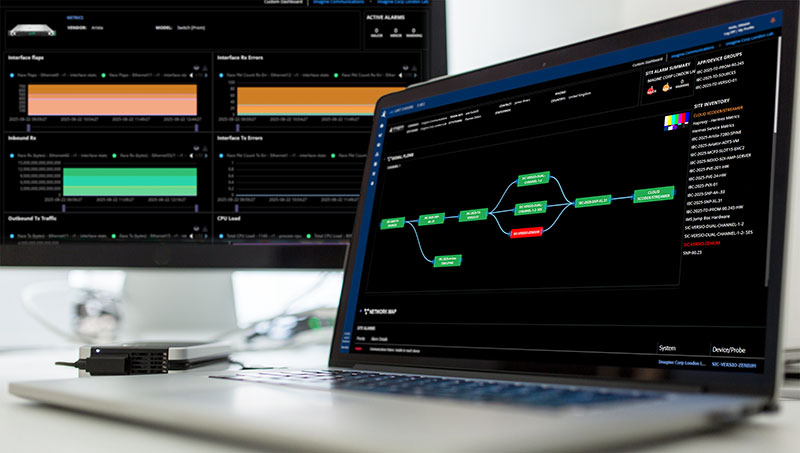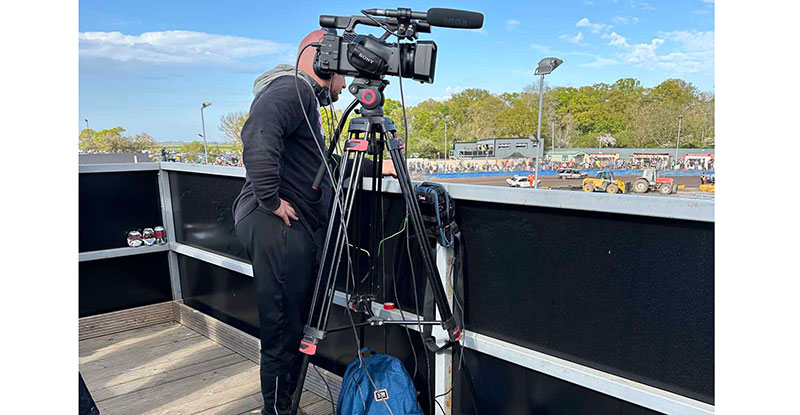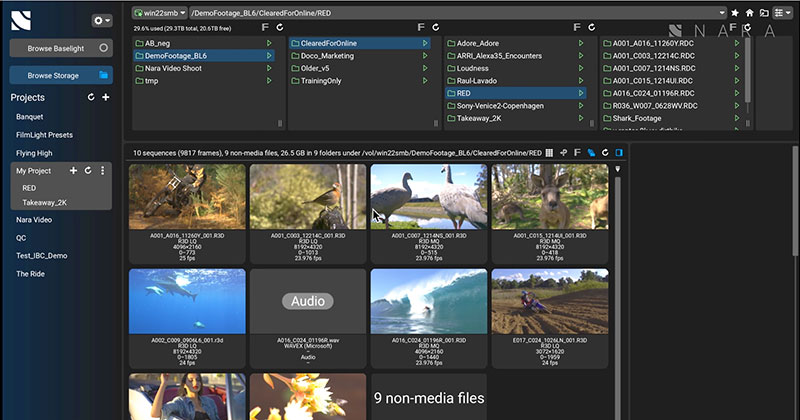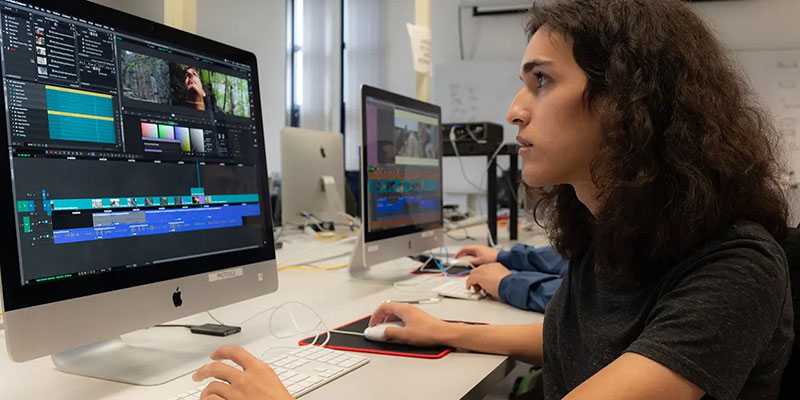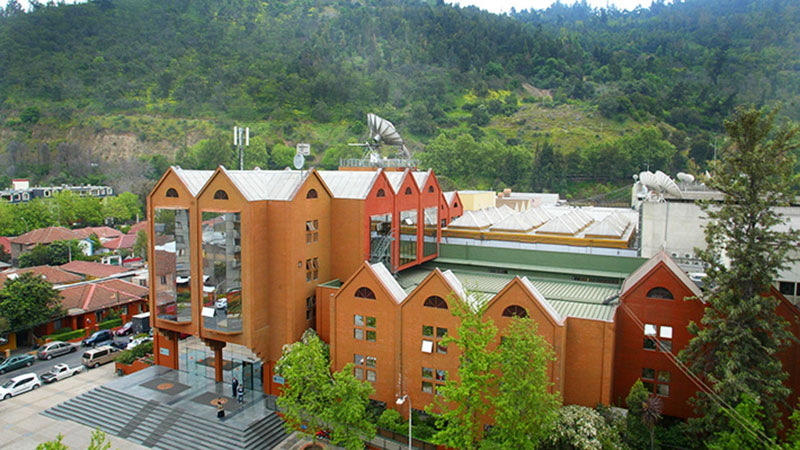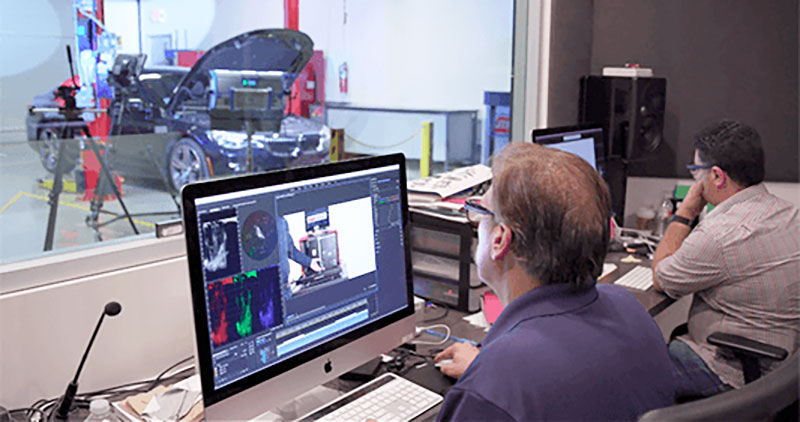DIVA 9 updates Telestream’s middleware managing, accessing and archiving video data for long-term storage, including intelligent storage policies, Elasticsearch and cloud integration.
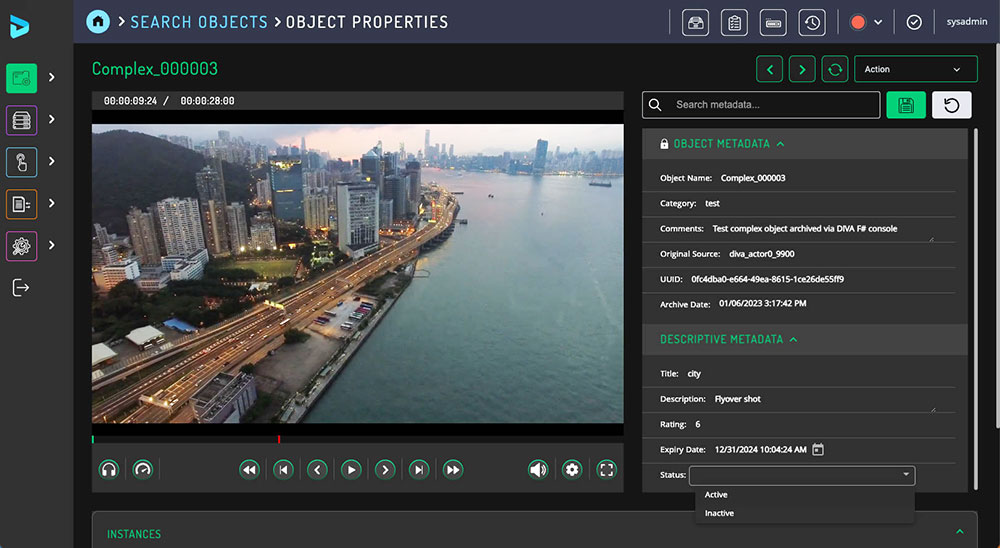
DIVA 9 is a new update to Telestream’s middleware system for managing, accessing and archiving video data, developed to address long-term video asset storage.
DIVA 9’s new features focus on setting up and maintaining digital video archives that are more accessible, reliable and efficient. Version 9 helps to simplify archiving over long periods of time with smart media storage policies and new Elasticsearch search functions. Comprehensive cloud integration aims to improve security, scalability and adaptability.
The new Proxy player, integrated with Telestream Vantage, simplifies clip identification, segment marking and partial restore processes for greater ease in handling video data. Regarding deployment in cloud environments, DIVA 9 supports the PostgresSQL open-source relational database management system and is compatible with major cloud storage options, which suits both hybrid and native cloud setups.
“A major advantage of DIVA 9 is its wide support for diverse production environments including cloud, on-premises and hybrid,” said Tom Pflaum, Vice President of Product Management at Telestream. “DIVA’s versatility also makes it adaptable to various storage technologies such as LTO, disks and private cloud servers, and it readily integrates with MAM, PAM and automation systems, adding functionality to media supply chain workflows.”
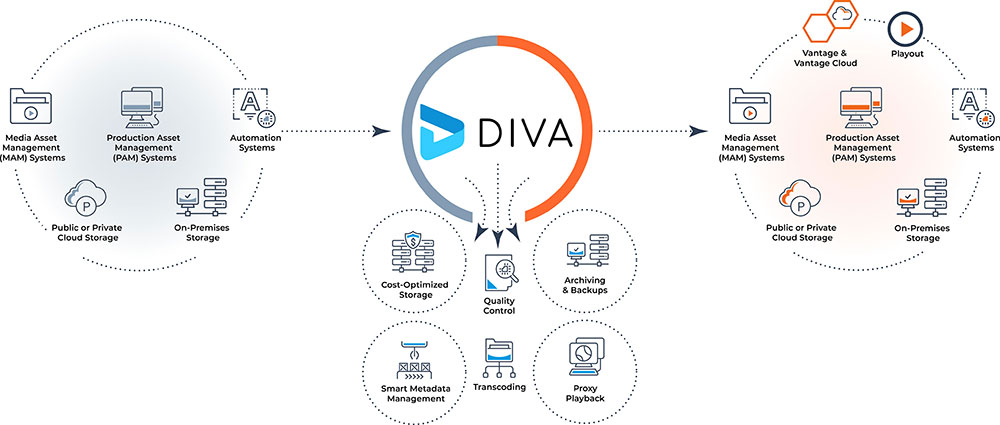
The intelligent media storage lifecycle policies add a level of automation to the system, leading to lower costs while taking better advantage of asset storage.
DIVA 9's Elasticsearch-driven search capabilities give users a unified view across multiple storage systems, in order to monitor the efficiency of resource usage. Elasticsearch, a distributed, RESTful search and analytics engine usually used for log analytics, full-text search and business intelligence, organises data into JSON-based documents to represent entities. The documents are grouped into indices, similar to databases, on which Elasticsearch imposes a data structure that maps words to their document locations, for an efficient search. Elasticsearch’s distributed architecture is able to search and analyse massive amounts of data in near real-time.
DIVA features like redundancy, distributed deployment options and disaster recovery are included to enhance reliability for media production teams.
By centralising content management, transcoding and archiving, DIVA 9 avoids relying on workflow silos and, in turn, achieves a more agile media supply chain. Furthermore, through integration with Telestream tools like Vantage, Qualify QC and GLIM Clipping and Inspections, users can accelerate media processing, automate quality control, and enable efficient proxy-less playback. www.telestream.net






